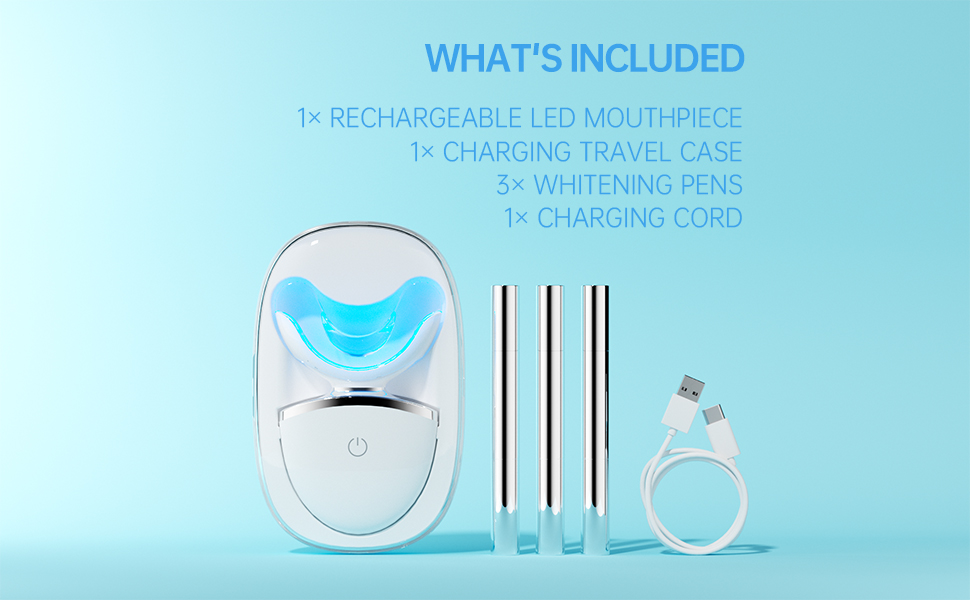Holiday windows are a chance to win share quickly—but promotions also compress margin and create downstream service demands. For B2B manufacturers of electric toothbrushes asking whether Chicago holiday deals make sense when you sell a Chicago subscription toothbrush, the answer is: they can be worth it — but only when the promotion is engineered end-to-end (pricing, fulfillment, subscriptions, and service). Below are six practical dimensions to evaluate, including an illustrative ROI scenario, operational risks, and a checklist for pilots.
First, be explicit about what the holiday offer must achieve. Is the objective to:
If your primary KPI is subscription growth for a Chicago subscription toothbrush, structure the deal to incentivize attach (e.g., deep first-order discount + easy subscription enrollment) rather than simply lowering the starter kit price.
Next, run the numbers before signing the circular. Here’s a short illustrative example (numbers are illustrative, not prescriptive):
Net shortfall per promoted unit in this scenario = -$4 (promotion) + $3 (incremental subs) = -$1 — meaning the promo alone still loses money unless: CAC falls, attach or retention rates are higher, or additional benefits (reduced CAC from holiday funnel, higher AOV via bundles, clinic endorsements) are counted.
Therefore, promotions can pay off, but only when you model realistic attach, retention, and CAC improvements and include them in the P&L.
Moreover, holiday volume strains ops. Key operational moves to protect margin and CX:
In short, the logistics must be designed for the promo, not adapted after volume spikes appear.
Holiday promos bring risks that must be controlled:
Mitigations pay for themselves once the promo scale is accounted for.
You must instrument everything. At minimum track:
Finally, here are promo structures that align seasonal urgency with subscription economics:
Each structure shifts economics differently — pick the one that maximizes expected LTV improvement per dollar of promotional spend.
Holiday promotions on a Chicago subscription toothbrush are worth running if you do three things well: (1) model end-to-end economics including CAC, attach, and retention; (2) build ops and fulfillment to handle peak volume; and (3) instrument the promotion so you can iterate fast.
Pilot checklist (6 steps):
If you’d like a starter spreadsheet to simulate your AOV, CAC, attach-rate lift, and break-even horizon for your Chicago holiday deals on a Chicago subscription toothbrush, I can prepare one tailored to your SKU economics. Contact us
.jpg)
.jpg)

Looking for an OEM Partnership Program that Guarantees Long-Term Toothbrush Supply?
.jpg)
Need Chicago repair service during Chicago holiday deals?
Chicago Black Friday: Best Electric Toothbrush Deals
LED indicator water flosser supplier
Rechargeable Oral Care Kit Supplier | Complete OEM/ODM Solutions
multi-mode electric toothbrush supplier
USB rechargeable sonic toothbrush supplier
Sonic Toothbrush Export from China | OEM/ODM Professional Supplier
Downtown Chicago Electric Toothbrush Repair Services
.jpg)
Where to Repair Electric Toothbrushes in Downtown Chicago?

Top Chicago-Based Kids’ Electric Toothbrush Manufacturers for Safe & Fun Designs
.jpg)
Chicago dental toothbrush broken? Fast Chicago downtown repair options
.jpg)
Can Chicago Black Friday deals cover Chicago toothbrush repair costs?

Do Black Friday Deals Boost Electric Toothbrush Sales in Chicago?

Innovating a Whitening Gel Formula for Your Cosmetic Product Development
sonic toothbrush with smart pressure sensor

electric toothbrush heads Deep Clean

Customization Teeth Whitening Gel
.jpg)
Florida Electric Toothbrush – Powsmart PTR-C8

electric toothbrush heads Regular Clean

Electric toothbrush heads Charcoal Infused-Diamond

Private Label Whitening Gel

electric toothbrush heads Charcoal Infuse-Round

electric toothbrush heads Ultra Soft
whstapp
whstapp
National Toll-Free Service Hotline
+86 755 86238638